
Why Should Your Business Invest in Eco-Friendly Packaging?
September 25, 2025 • Mike Lee
You see eco-friendly packaging as just another expense on your balance sheet. You worry that switching will increase costs and hurt your bottom line, all for a trend you're not sure will last.
Investing in eco-friendly packaging is a strategic business move that attracts modern consumers, justifies premium pricing, and builds brand loyalty. It's not a cost; it's a direct investment in your company's future growth and reputation.
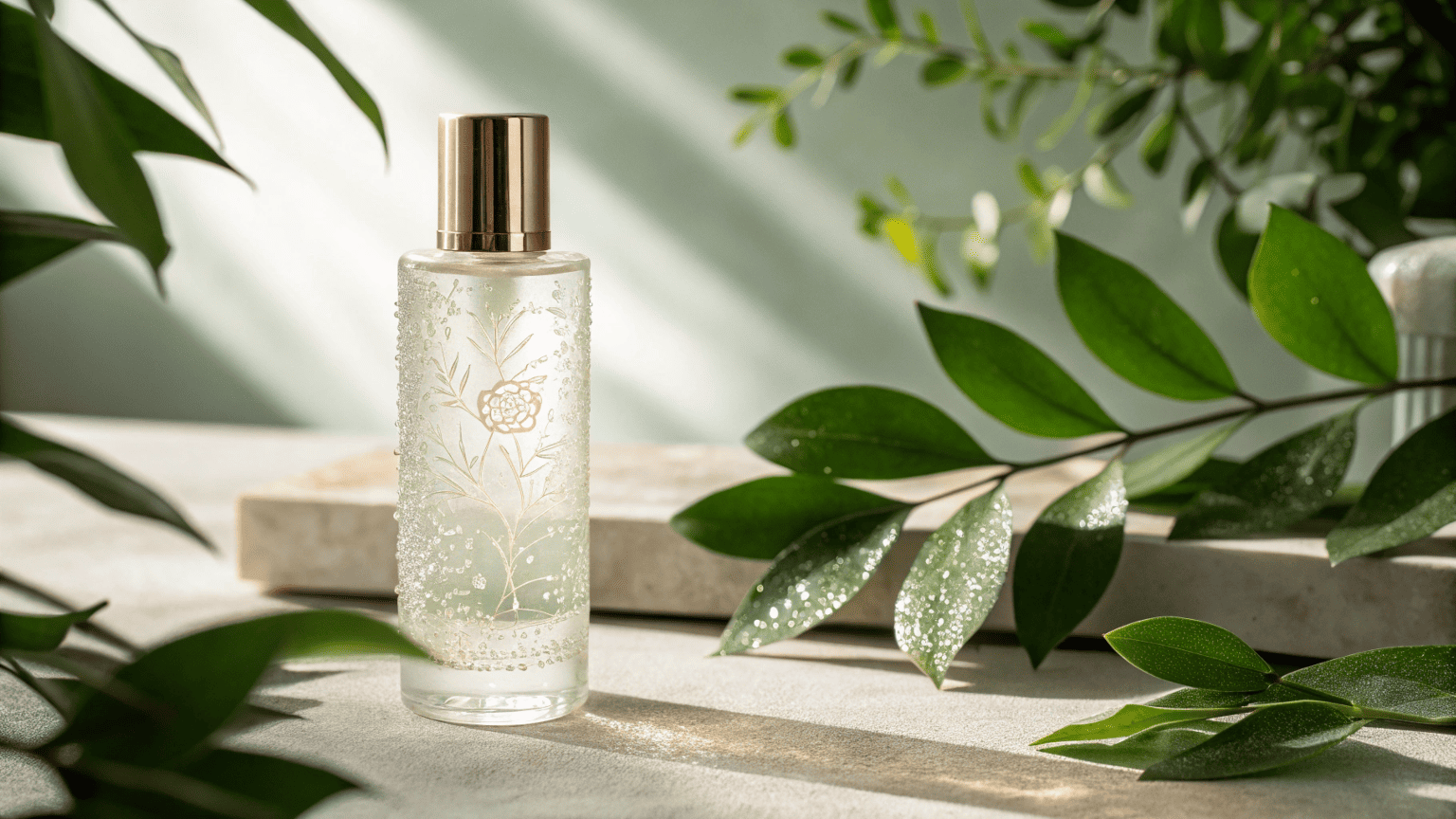
I remember talking with a procurement director, much like Shubihika from RAS BEAUTY, a few years ago. She was skeptical. Her brand was focused on premium formulas, and she saw packaging as just a container. We convinced her to try a pilot run for a new product line using our rPET (recycled PET) materials. Six months later, she called me. Not only were customers raving about the packaging on social media, but that new product line had become their bestseller. The "extra cost" had paid for itself many times over in marketing and sales. That's when I truly understood that sustainable packaging isn't about being charitable; it's about being smart.
How can you start your journey with eco-friendly packaging?
You feel overwhelmed by the options: recycled, biodegradable, lightweighted. The idea of completely overhauling your packaging supply chain feels too complex and risky, so you do nothing instead.
Start by auditing the materials in your current packaging. Then, partner with an experienced supplier who can guide you through sustainable alternatives and help you test a new design on a single product line.
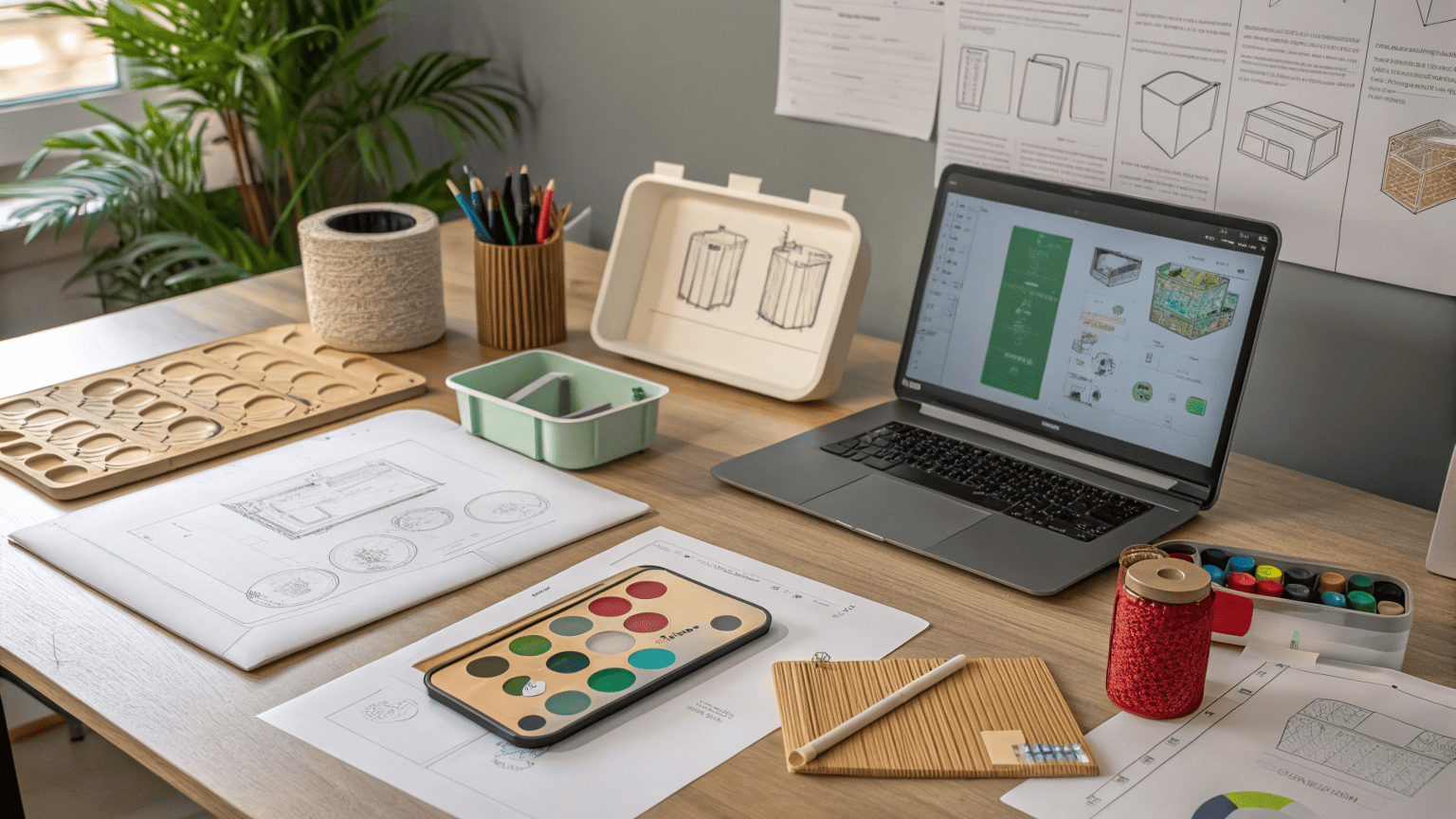
Transitioning to sustainable packaging doesn't have to be a massive, company-wide overhaul from day one. It's a strategic process that begins with small, manageable steps. At Rland, we guide our partners through this journey methodically.
Step 1: Analyze and Optimize Your Current Packaging
Before you look for new materials, look at what you're already using. We often start by asking clients: Is every component necessary? Can the wall thickness of your PP jar be reduced by 10% without compromising integrity? This process, known as "lightweighting," reduces plastic consumption immediately and often lowers shipping costs. It’s the easiest and fastest way to make a tangible impact.
Step 2: Choose the Right Eco-Material
This is where partnership is key. Your choice of material—whether it's recyclable rPET, compostable PLA, or a blend—depends on your product, your brand story, and your customers' location. We work with clients to navigate these options. For a brand in a region with strong recycling infrastructure, rPET is a fantastic choice. For a product aimed at a niche, highly eco-conscious market, PLA might be better. Our material expertise ensures you choose a solution that is both sustainable and functional for your specific needs.
Step 3: Prototype and Test Before Committing
You don’t have to risk a massive production run on an unproven design. We use our 10 industrial-grade 3D printers to provide rapid prototypes. This allows brands to see and feel the new, sustainable packaging in just 72 hours. You can test its ergonomics, check its compatibility with your formula, and even use the prototypes for market research before investing a single dollar in molds.
What is the real business case for sustainable packaging?
You're focused on the immediate cost per unit. You see that a recycled PET bottle costs a few cents more than a virgin plastic one, and you struggle to see the long-term value.
The business case is clear: sustainable packaging attracts and retains high-value customers, mitigates risks from future government regulations, and strengthens your brand's story, allowing you to build a more resilient and profitable business.
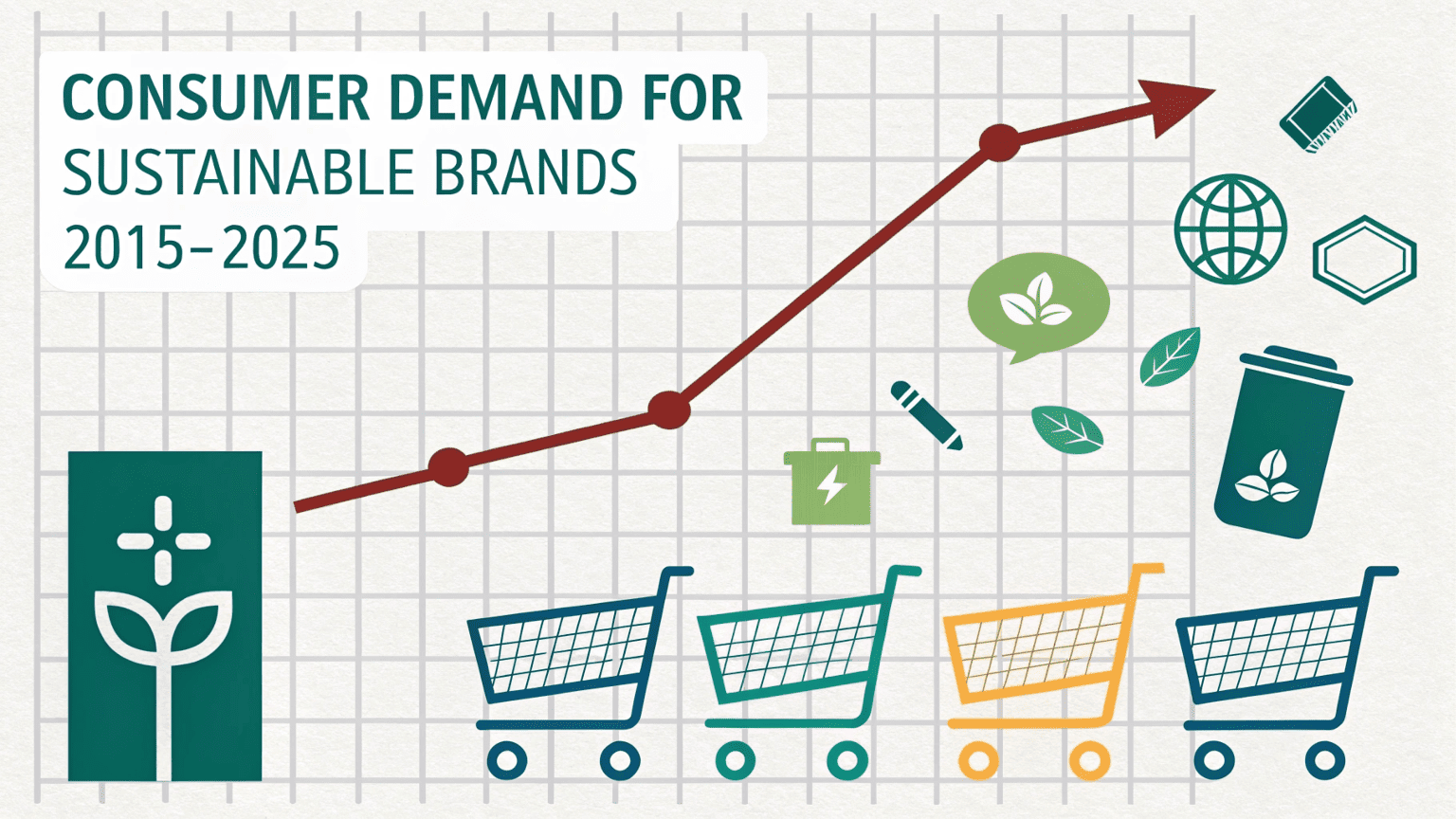
Moving beyond the cost-per-unit mindset is crucial. The investment in sustainability pays dividends across your entire business, from marketing to risk management. As a manufacturer, we see firsthand how brands leverage this.
Attracting the Modern Consumer
Today's consumers, especially Millennials and Gen Z, don't just buy a product; they buy into a brand's values. A study by Nielsen showed that 73% of global consumers are willing to change their consumption habits to reduce their environmental impact. Your packaging is the most visible proof of your commitment. When a customer like Sani from PT. PASCAL CORPINDO SEMESTA needs to show compliance and eco-friendly branding, using packaging with certified recycled content is a powerful, undeniable statement. It becomes a key differentiator in a crowded market.
Future-Proofing Your Brand
Governments worldwide are implementing stricter regulations on plastic waste and single-use packaging. Brands that wait to be forced into compliance will be left scrambling. By proactively adopting sustainable materials and designs, you position yourself as a leader. You avoid potential fines, forced redesigns, and negative PR. Investing now is a strategic move that protects your business from future shocks and ensures market access in environmentally-conscious regions like the EU and parts of North America.
What are the 3 C's of packaging?
You think packaging is just a box or a bottle. You haven't considered its multiple roles in getting your product from the production line safely into your customer's hands and home.
The 3 C's of packaging are Containment, Communication, and Convenience. Your package must safely hold the product, clearly communicate your brand's identity and information, and be easy for the consumer to use, open, and store.
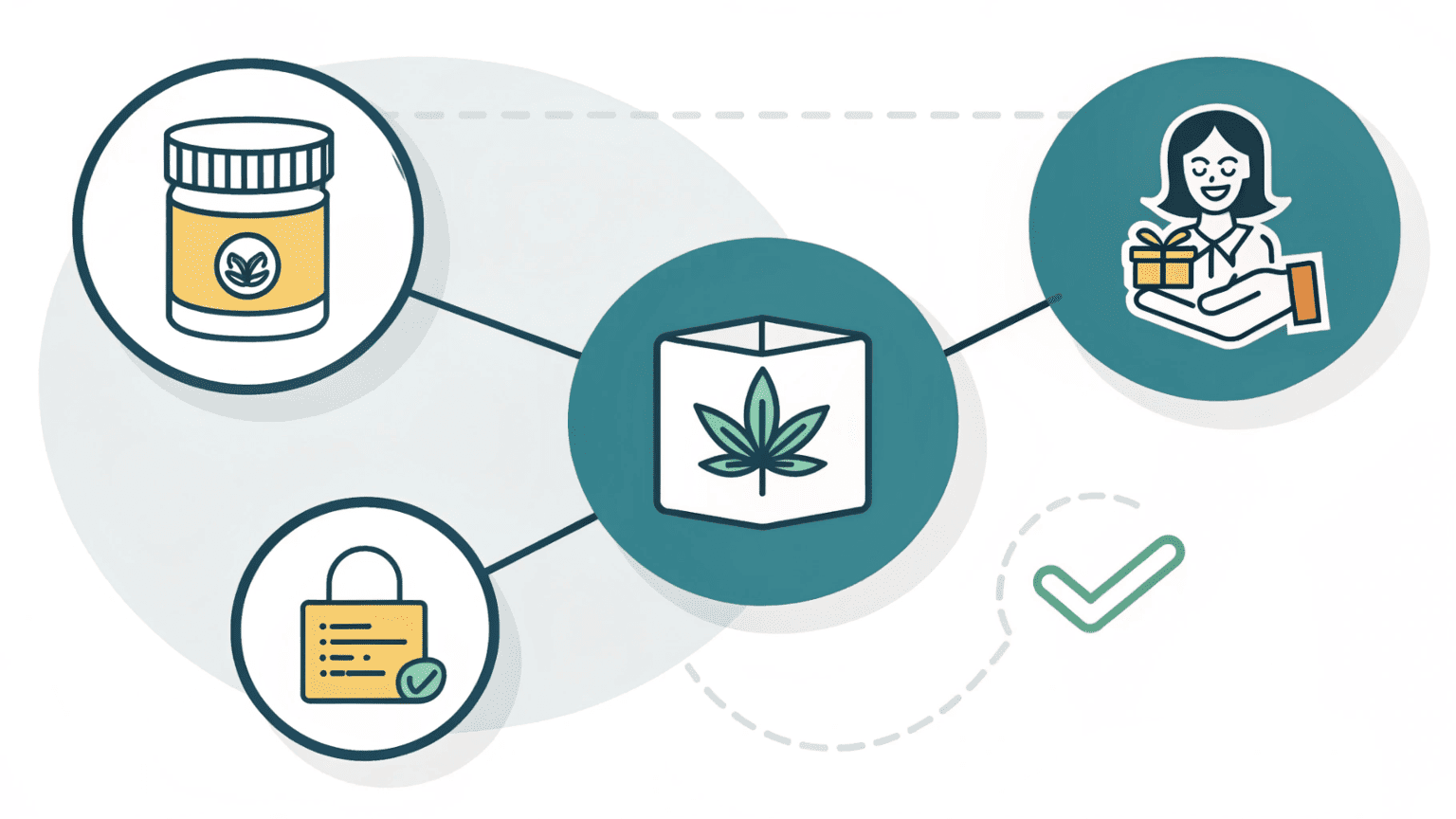
Every single package we produce, from a simple bottle to a complex airless pump, must succeed on these three core principles. When we design a custom solution, we are balancing these three elements to create the perfect package.
1. Containment
This is the most fundamental job. The package must protect the product from leakage, contamination, and damage during shipping and on the shelf. For a cosmetic brand, this also means ensuring the material is compatible with the formula and won't cause it to degrade. Our ISO 9001 certified quality system and in-house testing ensure that every unit we produce provides a perfect seal and protects the integrity of the valuable product inside. Containment is the foundation of trust.
2. Communication
Your package is your silent salesperson. Before a customer reads a single word, the shape, color, and texture have already communicated your brand's story. Is it clinical and precise? Is it natural and organic? Is it luxurious and premium? We use surface treatments like soft-touch finishes, gradient color sprays, and hot stamping to tell that story visually. The package must also clearly display legally required information like ingredients and usage instructions.
3. Convenience
If a customer struggles to open or use your product, they won't buy it again. Convenience is about the user experience. Is the cap easy to twist off? Does the pump dispense the right amount of product? Is the jar easy to hold? These small details make a huge difference in customer satisfaction. We consider the entire user journey when designing packaging, ensuring it's not just beautiful on the shelf but also a pleasure to use every day.
Conclusion
Investing in eco-friendly packaging is no longer a niche choice; it is a core business strategy. It builds brand value, attracts loyal customers, and prepares your business for the future.
Written by
Mike Lee
You may also be interested in:
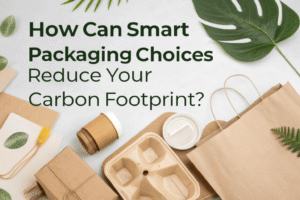
How Can Smart Packaging Choices Reduce Your Carbon Footprint?
You're committed to making your brand more environmentally friendly, but the term "carbon footprint" feels
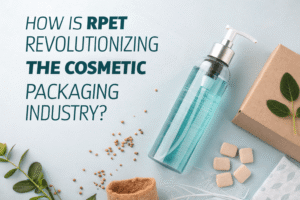
How Is rPET Revolutionizing the Cosmetic Packaging Industry?
You want to make your packaging more sustainable, but you're worried about sacrificing quality. You
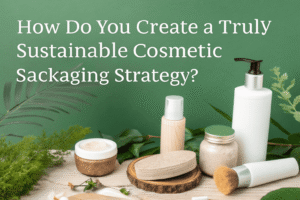
How Do You Create a Truly Sustainable Cosmetic Packaging Strategy?
You feel the pressure to make your packaging sustainable, but every choice seems complex. Switching

Is PLA the Future of Sustainable Beauty Packaging?
You're seeing "plant-based plastic" and "compostable" everywhere. You're intrigued by PLA as a way to